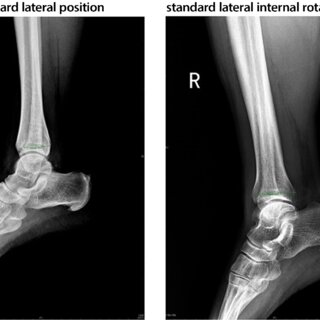Foot & ankle surgery is key in addressing various medical conditions and injuries. It improves mobility, alleviates pain, and enhances the patient’s overall health. Let’s explore the long-term outcomes of specific foot and ankle surgeries and insights to help individuals understand the potential results of this procedure.
Pain Management After Surgery
Pain is a fundamental factor in evaluating the success of a foot & ankle surgery. Long-term pain management depends on the type of procedure and the patient’s circumstances. For instance, joint replacement surgeries often reduce chronic pain by addressing arthritis or cartilage damage, while plantar fascia release targets tendon-specific pain relief. Certain surgeries, like osteotomy or fusion, may temporarily increase pain during recovery, but they often lead to significant long-term improvements.
Mobility and Function
Restoring mobility is one of the primary goals of foot surgeries. Procedures improve range of motion and functional abilities. This improvement enables individuals to perform daily activities, including walking, climbing stairs, or exercising, with greater ease. Certain surgeries may limit motion in specific joints to enhance overall stability and reduce pain. Patients must adhere to rehabilitation protocols to regain function after surgery effectively.
Joint Stability
Joint stability prevents injuries, especially for individuals requiring tendon or ligament repair. Surgeries that realign bones or replace damaged joints enhance joint stability, lowering the risk of dislocations or instability. Following corrective procedures, durability depends on rehabilitation, strength-building exercises, and physical therapy. Instability issues may arise if the initial repair is inadequate or follow-up care is neglected, so ongoing evaluation is key.
Gait Analysis and Walking Patterns
Surgery outcomes can significantly influence walking patterns. Post-surgical gait analysis is fundamental in detecting abnormalities, especially after complex procedures like fracture repairs or joint replacements. Improved alignment and repaired soft tissue structures enable smoother walking movements. Rehabilitation professionals may also recommend orthotics or specialized footwear to optimize walking mechanics.
Return to Activity and Sports
Returning to activities, including daily routines or sports, is often a key concern after a foot & ankle surgery. Tendon and ligament repairs and fracture repairs generally restore function, helping individuals regain an active lifestyle. Joint replacements and reconstructions may take longer recovery periods, but many patients resume light exercise after a few months. Patients should contemplate realistic timelines and adhere to recovery guidelines to achieve safe outcomes.
Bone Healing in Fusion and Fracture Repairs
Bone healing is key, especially for surgeries involving fusion and fracture repairs. Successful bone union enhances joint stability and overall mobility. Variables such as age, bone density, and adherence to postoperative guidelines influence healing timelines. Healthcare providers may use imaging, such as X-rays, to monitor progress and provide more interventions if necessary.
Arthritis Progression
One key long-term outcome of foot surgeries is monitoring arthritis progression. While procedures like joint replacement aim to alleviate arthritis, other surgeries, such as osteotomy or fusion, may alter load distribution, potentially affecting adjacent joints. Periodic evaluations are helpful in detecting early arthritis symptoms. Patients should discuss long-term strategies for managing joint health with their healthcare provider.
Learn More About Foot & Ankle Surgery
Understanding the long-term outcomes of a foot & ankle surgery helps individuals make informed decisions and set realistic expectations for recovery. Successful surgical outcomes rely on expert medical care, active rehabilitation, and consistent follow-ups. If you want to explore your options or learn more about these procedures, consult a trusted foot and ankle specialist.

